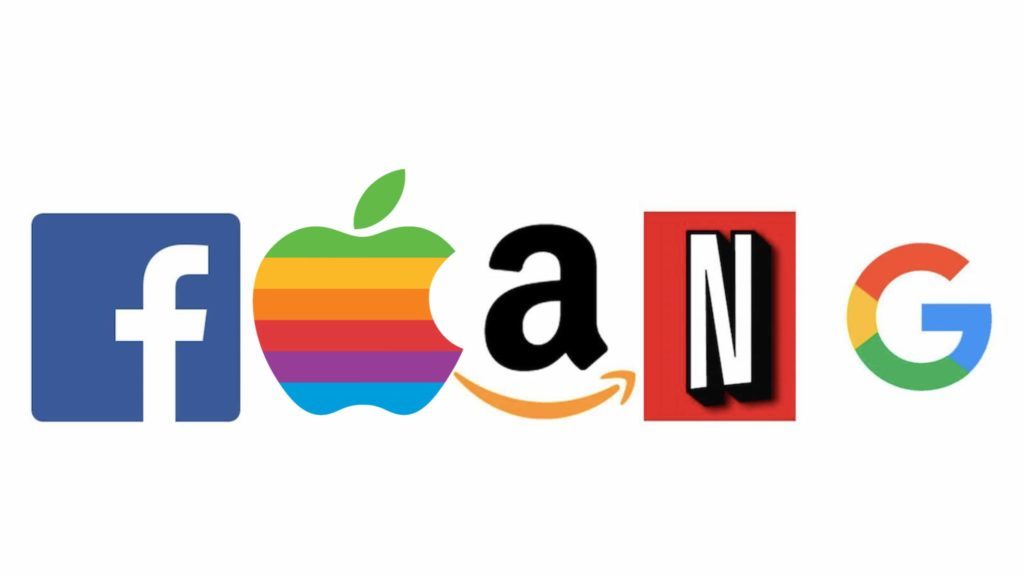Andreessen Horowitz last month filed papers to turn the 10-year-old VC firm into a registered investment advisor, RIA, to invest more broadly and more flexibly.

Forbes in a feature called it “Andreesen Horowitz is blowing up the venture capital model (again)”. a16z, as the firm is also known, was one of the AI/tech investing pioneers, but in recent years has started to focus on areas such as crypto and late stage ventures.
a16z is not alone. SoftBank, Foundry Group, General Catalyst and others have done the same thing, in order to be able to focus on the growing line of products that aren’t strictly VC in nature. As an RIA, these VCs can also invest any percentage they want in large late-stage high-growth companies.
Just like the G-MAFIA / FANGS / BATX in the tech sector have aggressively started to leave their traditional business lines, competing with healthcare, financial services, entertainment and other industries, the lines of demarcation in this new machine age of AI are becoming blurry, and VCs becoming RIAs (even with a higher cost structure and less privacy) is another example of that.

For asset managers, this means rethinking how they run their businesses and who they partner or compete with. BlackRock, for example, recently announced partnerships with Microsoft and Acorns for retirement investing and with Envestnet for the digital and wealth side. Apple is offering a credit card this summer, in partnership with Goldman Sachs.
And let’s take another quirky example to demonstrate the blurry lines further: Toyota. Toyota is behind the Stanford SAIL-Toyota Center for AI Research, has a Silicon Valley VC subsidiary, AI Ventures, under the Toyota Research Institute and offers investment trusts and insurance under Toyota Financial. Oh yes, and cars.
And International Business Machines went from selling meat and cheese slicers to IBM Watson, Artificial Intelligence, and holding the record for most U.S. patents generated by a firm for 26 consecutive years.
